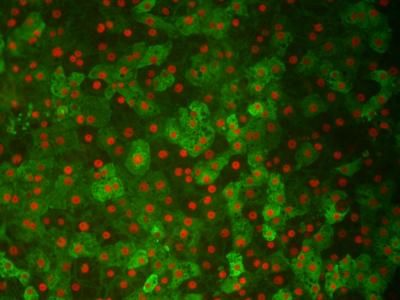New research on structure of bones raises questions for treatment of osteoporosis and other bone disorders
Researchers have discovered that the structure of human bones is vastly different than
Advertisement
Researchers from the University of Cambridge, the Animal Health Trust in Newmarket, and the BAM Federal Institute of Materials Research and Testing, Berlin, have discovered that the characteristic toughness and stiffness of bone is predominantly due to the presence of specialized sugars, not proteins, as had been previous believed. Their findings could have sweeping impacts on treatments for osteoporosis and other bone disorders.
Scientists have long held the view that collagen and other proteins were the key molecules responsible for stabilizing normal bone structure. That belief has been the basis for some existing medications for bone disorders and bone replacement materials. At the same time, researchers paid little attention to the roles of sugars (carbohydrates) in the complex process of bone growth.
For this research, funded by the Biotechnology and Biological Sciences Research Council (BBSRC), the UK and Berlin teams studied mineralization in horse bones using an analysis tool called nuclear magnetic resonance (NMR). They found that sugars, particularly proteoglycans (PGs) and glycosaminoglycans (GAGs), appear to play a role which is as important as proteins in controlling bone mineralization - the process by which newly-formed bone is hardened with minerals such as calcium phosphate.
Dr David Reid, from the Duer Group, Department of Chemistry,at the University of Cambridge, who played a significant part in the research, said, "We believe our findings will alter some fundamental preconceptions of bone biology. On a practical level they unveil novel targets for drug discovery for bone and joint diseases, new biomarkers for diagnosis, and new strategies for developing synthetic materials that could be used in orthopaedics.
"They may also strengthen the rationale for the current popularity of over-the-counter joint and bone pain remedies such as glucosamine and chondroitin, which are based on GAG sugar molecules."





















































